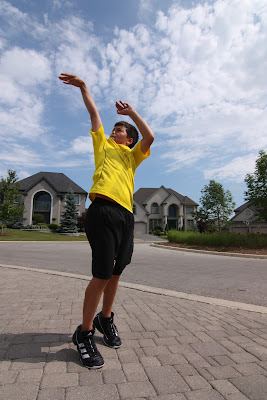Guiding Stars is a program that scores food based on it's nutrient content using a scientific algorithm (here) that grades food on a credit/debit system. Food score more stars for containing vitamins, minerals, fibre, whole grains and omega-3 fats. They lose stars for containing saturated fat, trans fat, added sodium, or added sugars.
A given food can obtain a maximum of 3 stars (best). The worst score is zero stars.
Guiding Stars has been present in the U.S. since 2006, but only recently began in Canada last year. For Canadians, the guidelines differ slightly than Americans, as the algorithm must align with Health Canada and the Canadian Food Inspection Agency. For the most part, foods are very similarly rated, with one interesting exception. Canada has decided NOT to use cholesterol as a nutrient to avoid in its rating system, whereas the U.S. has. This was based on a Canadian paper published in 1990, where a scientific committee did NOT set an upper limit for cholesterol, and has not updated things since! (This needs to get updated NOW!)
The Essentials
Foods are broken into 4 categories.
- General Foods and Beverages
- Meats/Poultry/Nuts/Dairy/Seafood
- Fats/Oils
- Infants/Toddler Foods
Foods are then broken down into standardized 100kcal portions so that they can be equally compared side by side. Percent Daily Value is then calculated based on a 2000 kcal diet.
A score is then assigned by giving credits for nutrients to encourage and subtracting points for having nutrients to avoid present. The number of stars is then displayed for easy consideration.
The program is not intended to tell you what to purchase, but rather "guide" you to more nutritious choices.
Loblaws has taken this campaign one step further by offering dieticians in several locations to review the system and help consumers with their choices.
Is It A Good System?
Overall, I think the Guiding Stars algorithm is sound. A bit simplistic, but certainly something to point people in the right direction. More importantly, as an independent agent, I give them more credit than other systems like Health Check, where criteria are not nearly as stringent, and much more biased. and can be bought.
What do you think?
Do you use this, or other rating systems at the grocery store to influence your buying?


